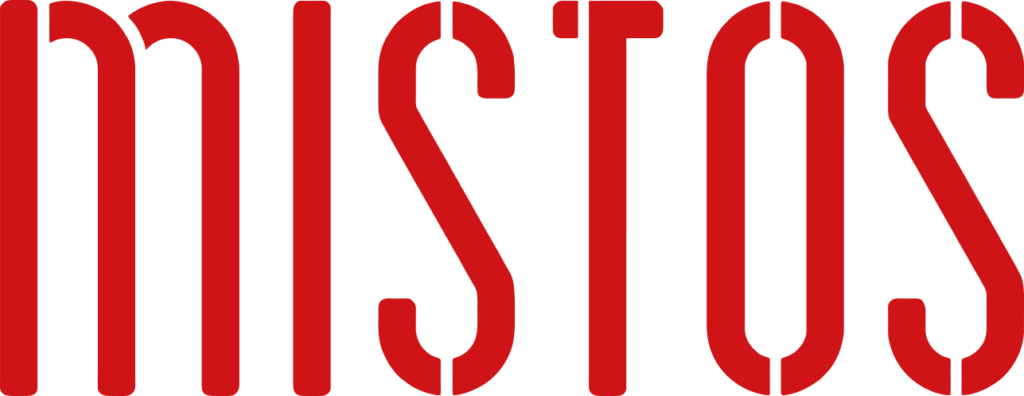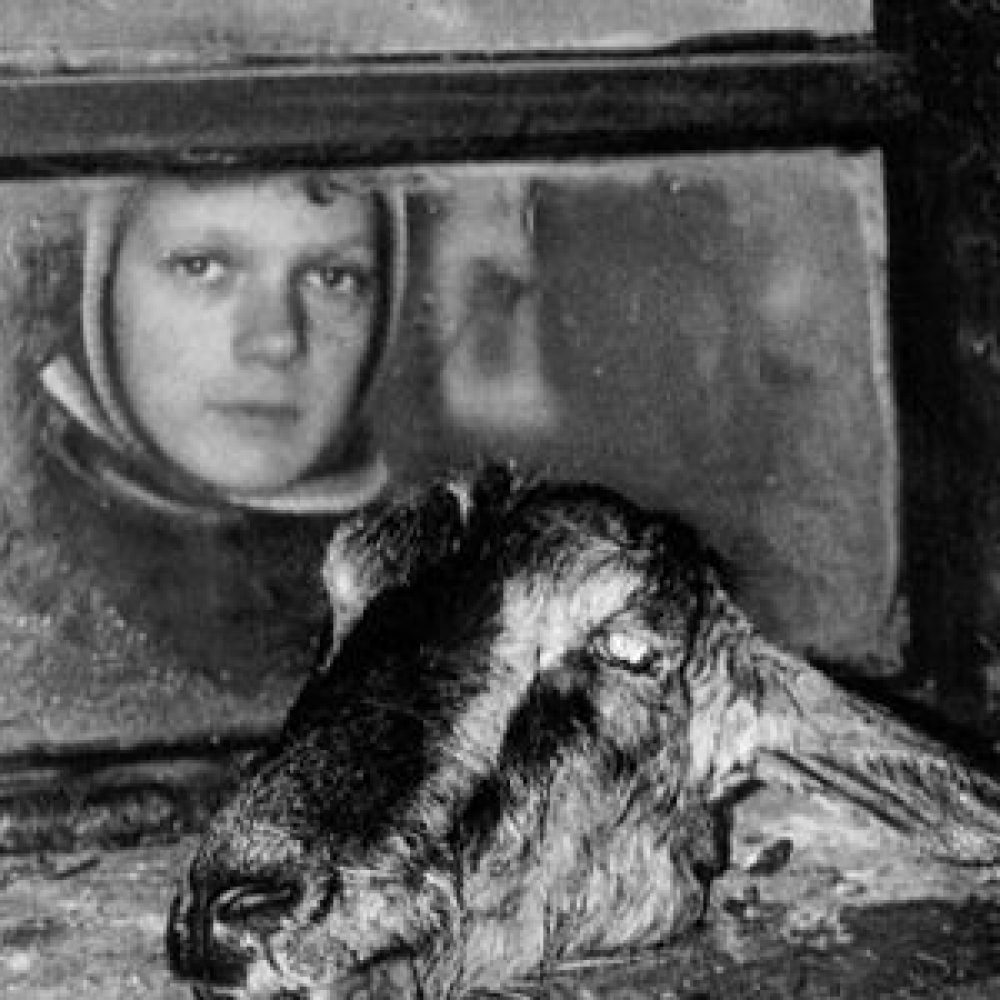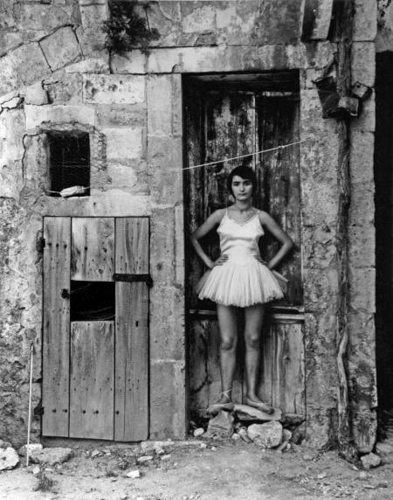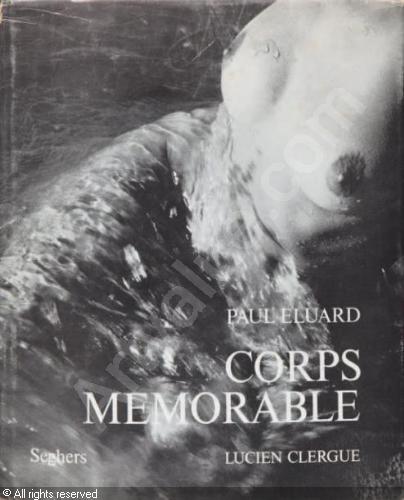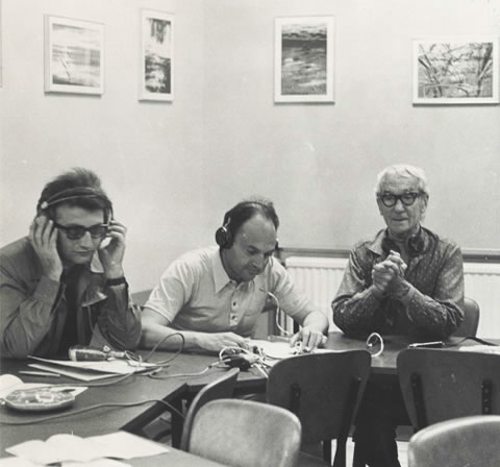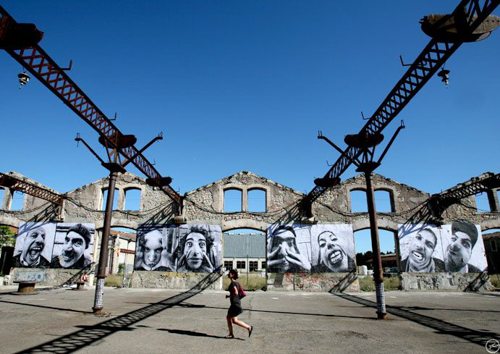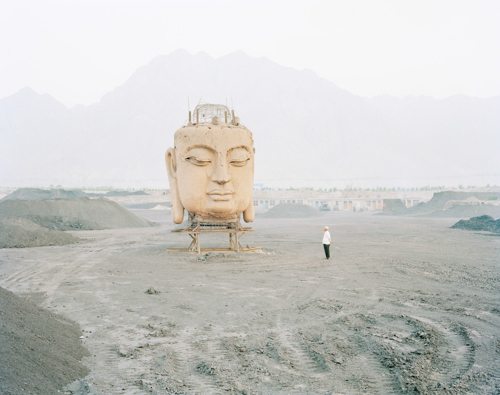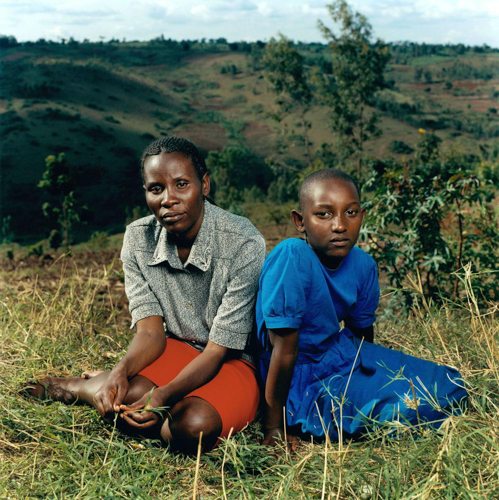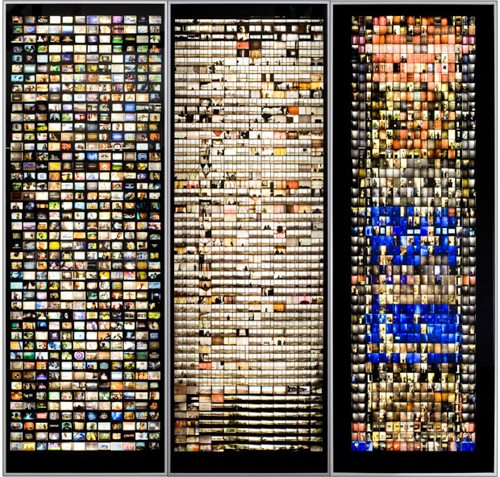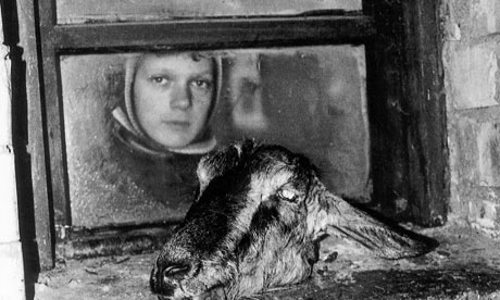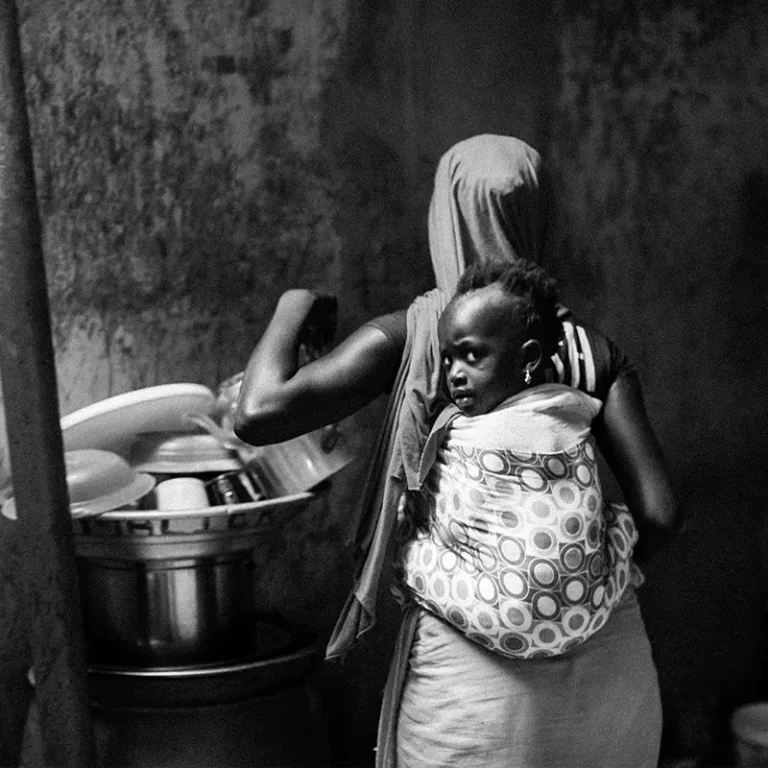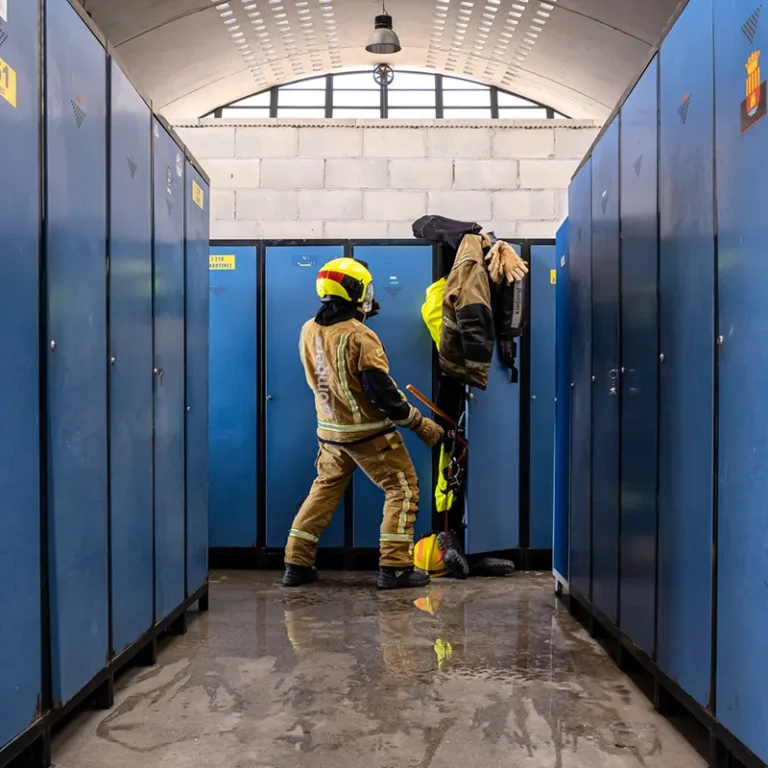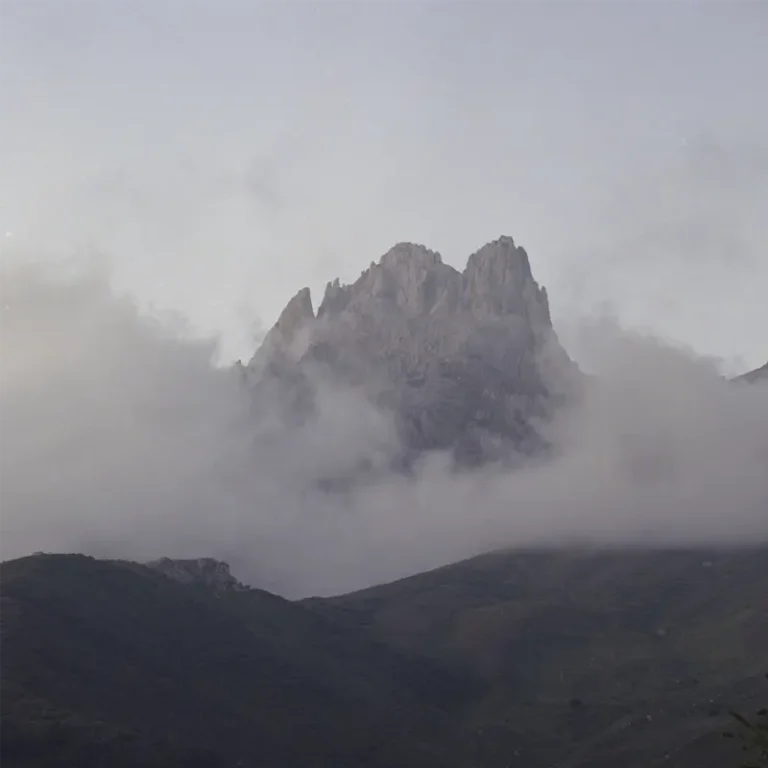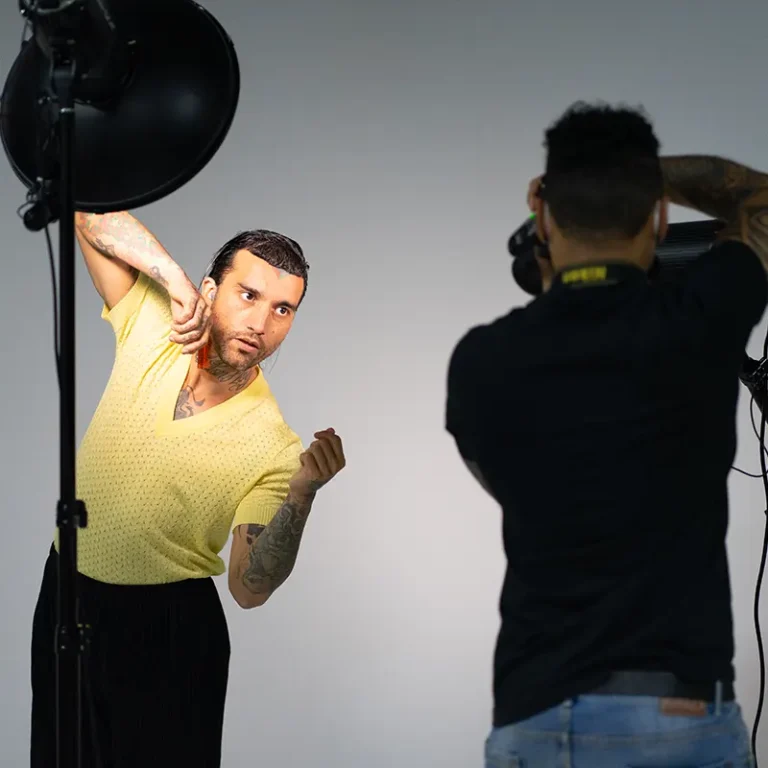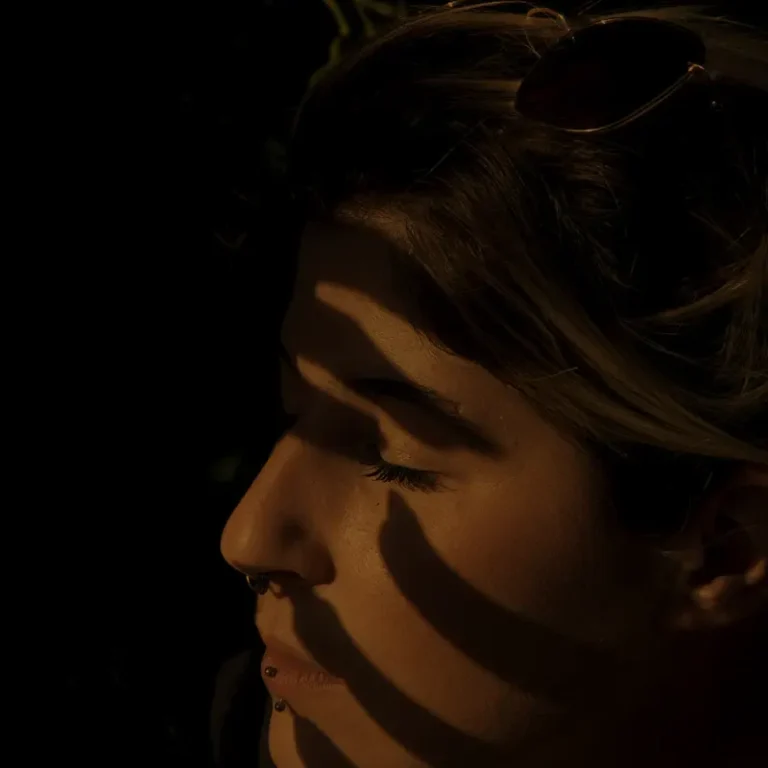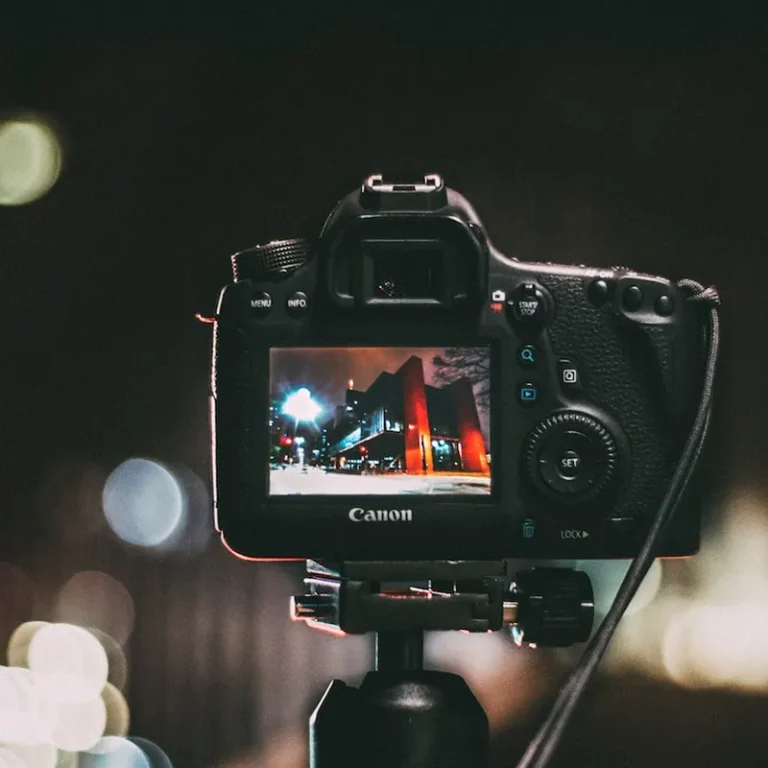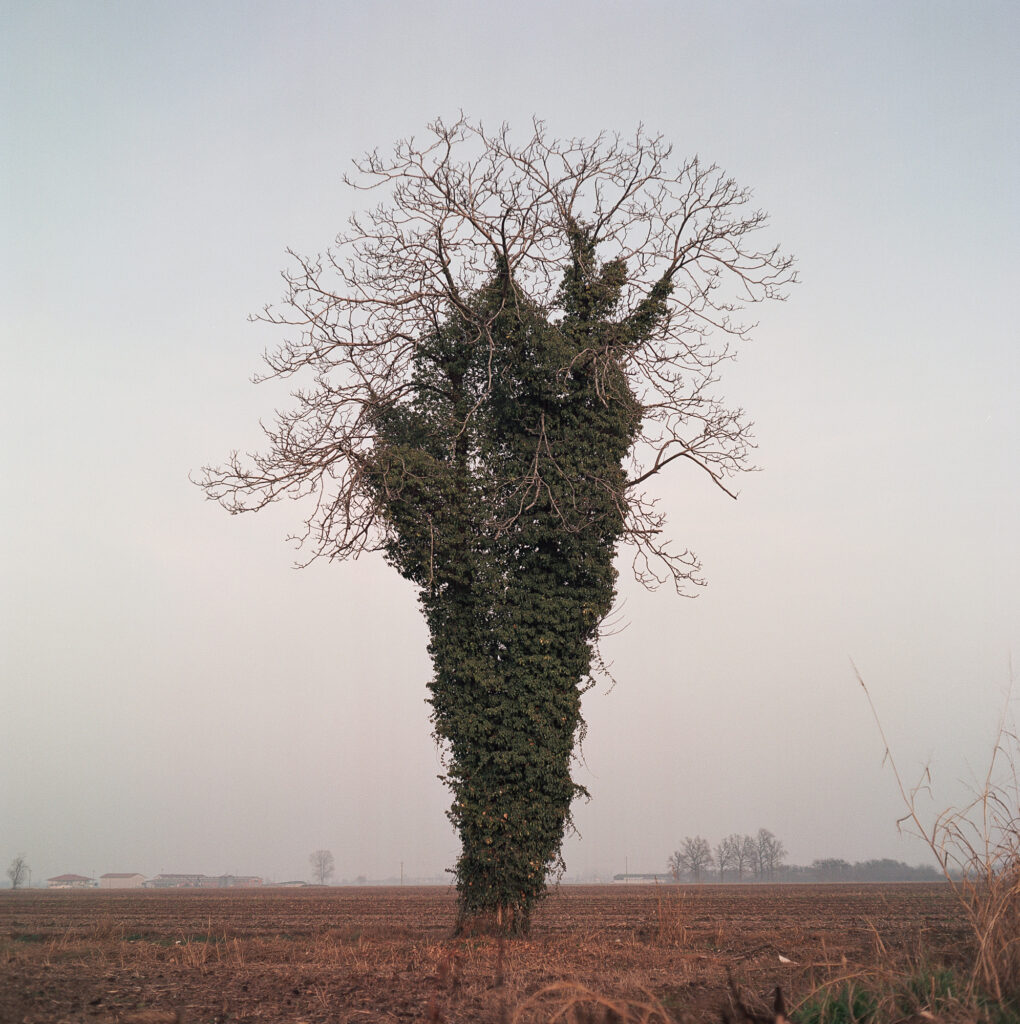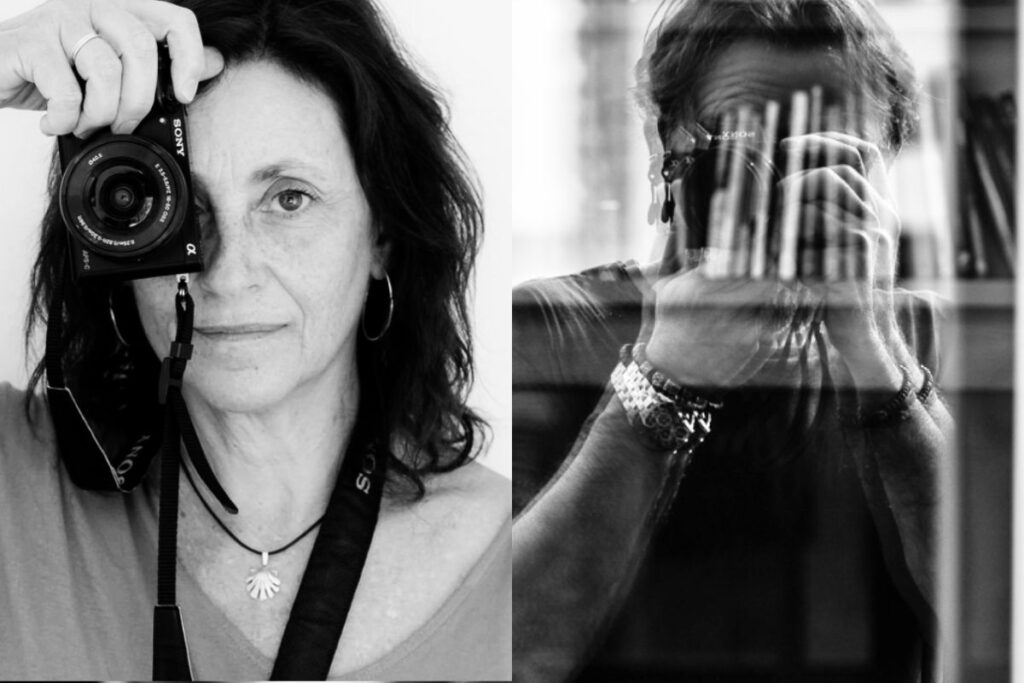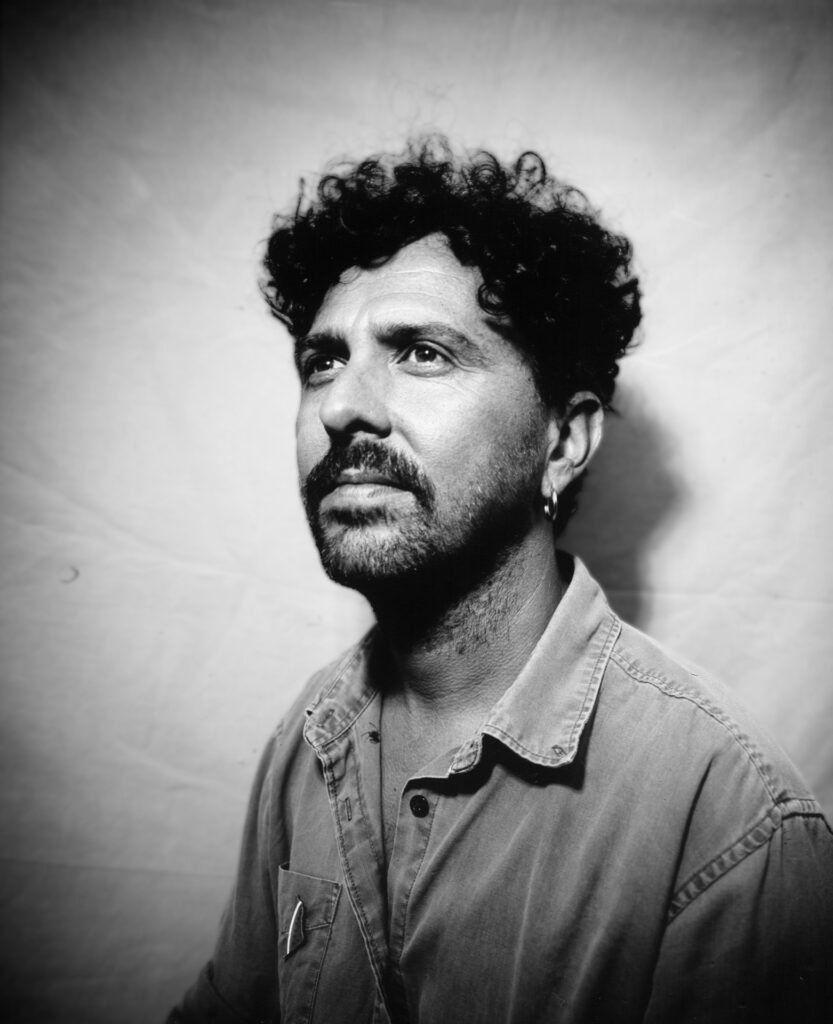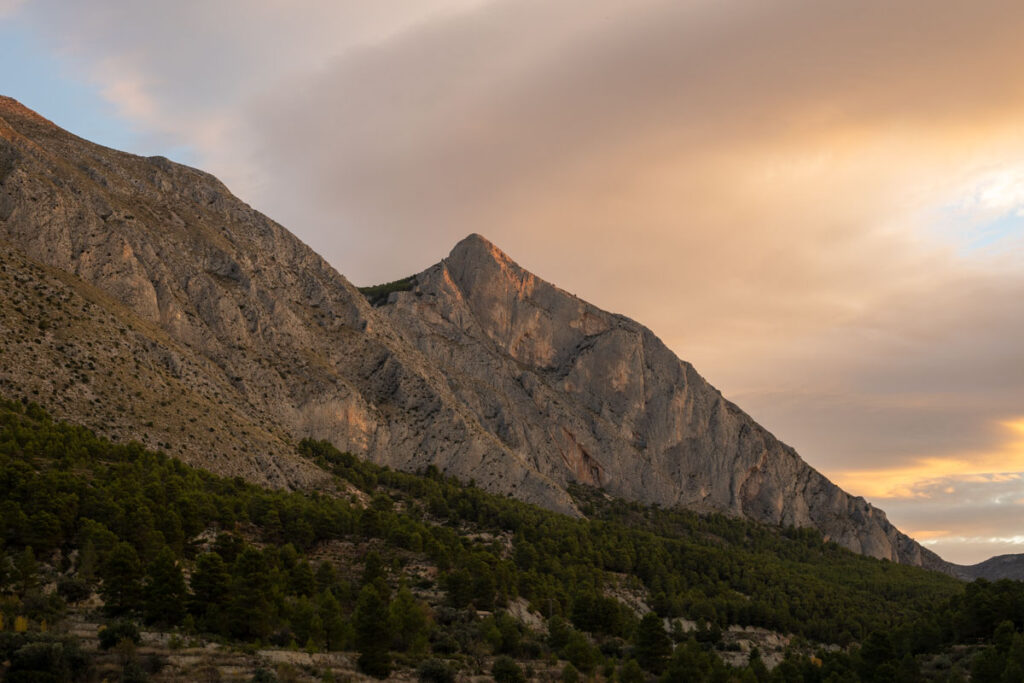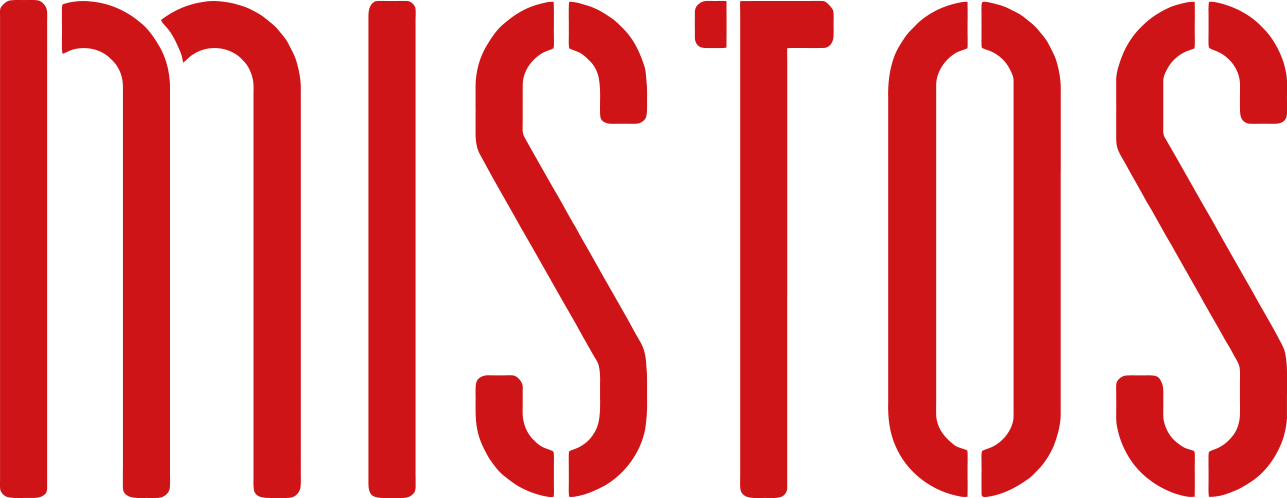Estoy segura de que ya estáis disfrutando del bullicio y de las diversas ofertas de la segunda Photoalicante que ha llenado las galerías, calles y cafeterías con fotografías. Espero que estas imágenes os hagan parar por un momento para cuestionar los automatismos y os recuerden cuántas maneras diferentes hay tanto para observar como para retratar un tema que de otro modo podrían haber sido considerado mundano e indigno de una atención especial.
I’m certain you’re already well into enjoying the buzz and various offers of the second Photoalicante that has filled the galleries, streets and cafés with photographs. I hope these images will make you stop for a moment to question the automatisms of seeing and be reminded how many different ways there are to both observe and portray a subject that otherwise might have been considered mundane and unworthy of special attention.
El año pasado tuvimos el privilegio de acoger nombres tan conocidos como el gran Chema Madoz y Ouka Leele, este año contamos con la presencia de Alberto García-Alix, Premio Nacional de Fotografía en 1999, los días 19 y 20 de marzo con un masterclass y un workshop, donde se puede aprender acerca de su forma de ver y captar el alma de sus sujetos. Así que, si alguna vez os habéis preguntado cómo tomar un retrato de la forma en que este personaje carismático lo hace, os invito a registraros en estos eventos y dejaros encantar.
Last year we had the privilege of hosting such household names as the great Chema Madoz and Ouka Leele, this year Alberto García-Alix, who was won the Premio Nacional de Fotografía in 1999, is coming to us on 19 and 20 of March with a masterclass and workshop, where you can learn about his way of seeing and capturing the soul of his subjects. So, if you have ever asked yourself how to take a portrait the way this charismatic and larger-than-life character does, I invite you to sign up for these events and let yourself be enchanted.
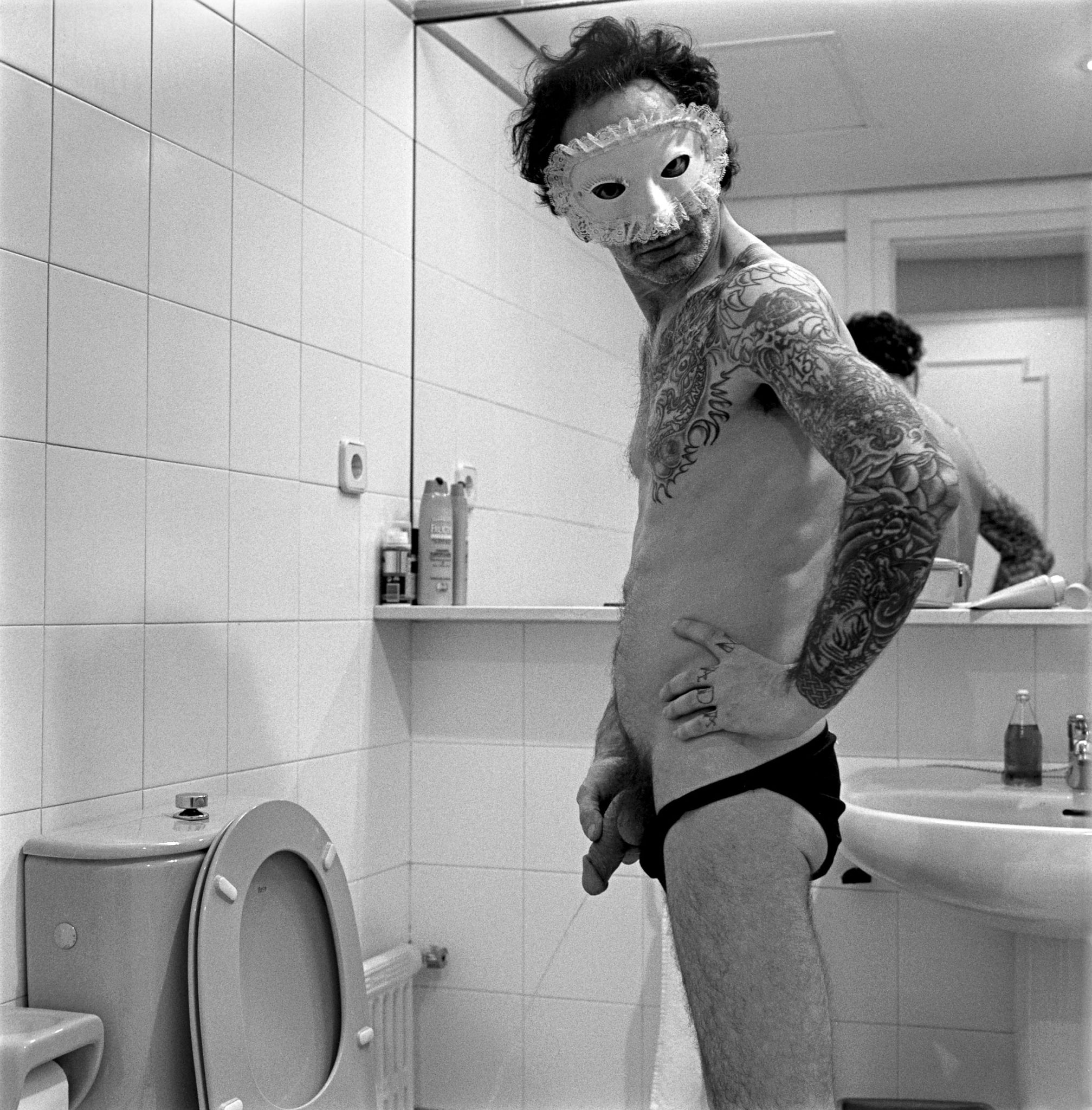

Having thought about these celebrations of writing with light, I decided it was time to revisit one of the most famous photography festivals – Rencontres d’Arles – by looking at one of its founders, the French photographer Lucien Clergue before peeking at some of the photographers who won its Discovery Award in the last few years.
Lucien Clergue estaba destinado a una vida que incorpora el arte y la cultura, habiendo sido dirigido por este camino por su madre. A la edad de siete años, Clergue comenzó a tocar el violín, y demostró talento por esto; sin embargo, no fue capaz de seguir una carrera musical porque su familia no podía permitirse mandarle a un conservatorio. En 1948, a la edad de trece años su madre le dio una cámara de formato medio, y así empezó a hacer fotos con mucho entusiasmo. Sus primeros temas fueron animales ahogados en el Ródano y en los edificios en ruinas después de la guerra.
Lucien Clergue was destined for a life that would incorporate art and culture, having been directed down this path by his mother. At the age of seven, Clergue started playing the violin, which he proved to be very good at; however, he was unable to pursue a musical career because his family could not afford to send him to a conservatory. In 1948, at the age of thirteen he was given a medium format camera, which he started using with enthusiasm, his first subjects being animals drowned in the Rhone and the derelict buildings left after the war.
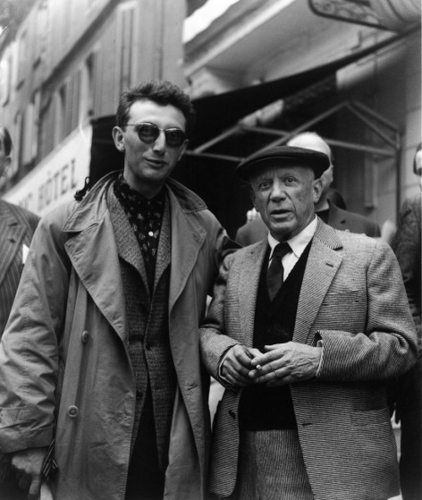
Clergue was shy, but his shyness was counterbalanced by persistence. In 1953, upon hearing that Picasso would be visiting Arles to see a bullfight, the young Clergue waited for the painter outside the bullring and insisted on showing him his pictures. When Picasso told him they were good and asked him to present a few more, he embarked on a series of images of circus children – Saltimbanques – set in one of the bombed-out areas with derelict buildings.
Lucien Clergue con Pablo Picasso
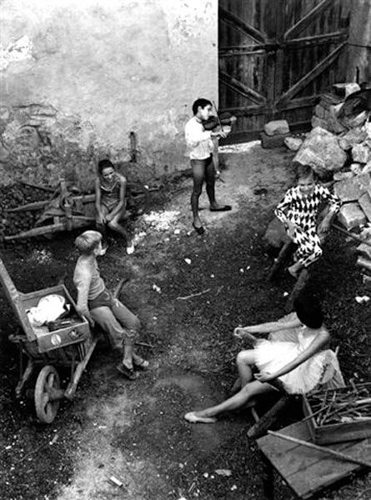
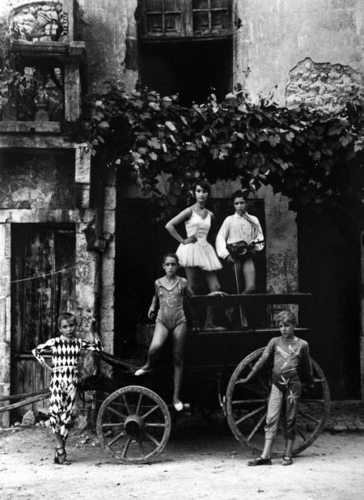
El encuentro con Picasso llevó a una amistad duradera entre los dos hombres, que se conmemora en el libro de Clergue Picasso mi amigo; a través del pintor, se encontró con el escritor y artista francés Jean Cocteau. Ambos hombres fueron fundamentales para ayudarle a publicar su primer libro Cuerpo Memorable (1957), en el que ilustra los poemas de Paul Eluard con sus fotografías.
The encounter with Picasso led to a lasting friendship between the two men, commemorated in Clergue’s book Picasso My Friend; through the painter, he met the French writer and artist Jean Cocteau. Both these men were instrumental in helping him publish his first book Corps Memorable (1957), in which he illustrated the poems of Paul Eluard with his photographs.
Alcanzó fama internacional en 1961 cuando fue invitado por Edward Steichen para una exposición individual en el Museo de Arte Moderno de Nueva York; expuso el mismo trabajo en Louvre, París al año siguiente.
He achieved international prominence in 1961 when he was invited by Edward Steichen to put on a solo exhibition at the Museum of Modern Art in New York; he then showcased the same work in Louvre, Paris the following year.
Con el lanzamiento del festival de fotografía de Arles – Rencontres d’Arles – Clergue junto con sus cofundadores, el escritor Michel Tournier y el historiador Jean-Maurice Rouquette, tuvo como objetivo dar a conocer la fotografía y luchar para que sea reconocida como una obra de arte en Francia y por extensión en todos los rincones del mundo, una tarea no muy diferente a lo que John Szarkowski hizo como director de la fotografía en el MoMA.
Launching the photography festival in Arles – Rencontres d’Arles – Clergue along with his co-founders, the writer Michel Tournier and the historian Jean-Maurice Rouquette, aimed to publicize photography and fought for it to be recognized as a work of art in France and by extension in all corners of the world, a task not unlike what John Szarkowski was undertaking as Director of Photography at MoMa.
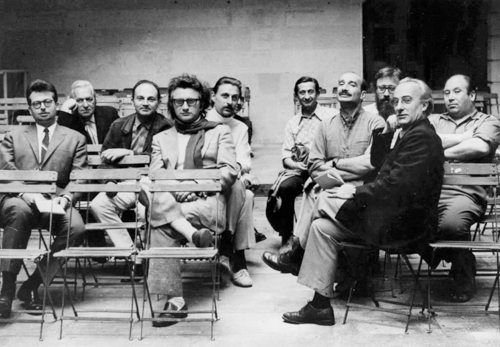
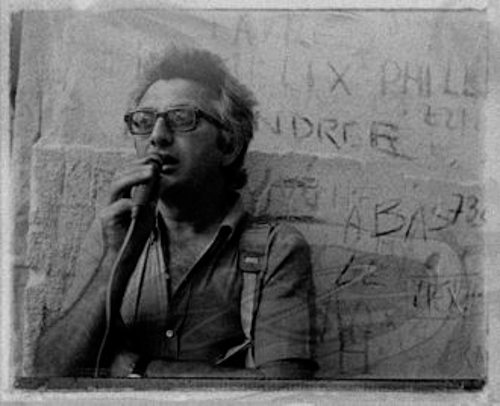
The annual festival turns the small medieval town of Arles into a place bustling with thousands of enthusiasts, professionals and curators of photography from July to September, when it seems that in addition to the galleries in town every nook and cranny including the medieval church is transformed into an exhibition space. The festival is distinguished by exhibitions of works not previously seen elsewhere.
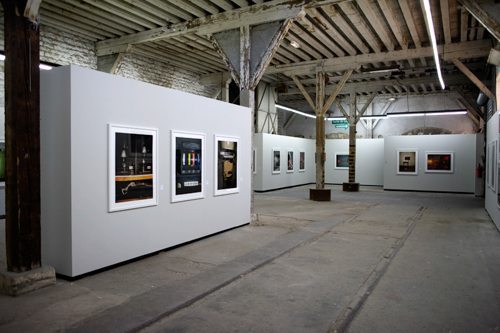
Con los años, muchos personajes importantes – como Martin Parr en 2004, Raymond Depardot en 2006 y el diseñador de moda nacido en Arles Christian Lacroix – han sido invitados a contribuir a la programación del festival.
Over the years, many guest curators – such as Martin Parr in 2004, Raymond Depardot in 2006 and the Arles-born fashion designer Christian Lacroix – have been invited to contribute to the festival programme.
En 2002 se introdujo una serie de premios como: Discovery Award, Author’s Book Award y History Book Award. El ganador del Discovery Award del año pasado fue el fotógrafo chino Kechun Zhang por su proyecto The Yellow River, que registra la vida a lo largo del río Amarillo chino.
In 2002 a number of awards were introduced such as: Discovery Award, Author’s Book Award and History Book Award. Last year’s Discovery Award was granted to the Chinese photographer Kechun Zhang for his project The Yellow River, that records life along the Chinese river.
Echemos un vistazo a algunos de los ganadores anteriores del Discovery Award:
Let us look at some of the previous winners of the Discovery Award:
2013 – Yasmine Eid-Sabbagh y Rozenn Quéré
Los artistas dicen acerca del trabajo Possible and Imaginary Lives: «Está lejos de ser un retrato de hecho o histórico de Graziella y sus hermanas, Possible and Imaginary Lives (Vidas posibles e imaginarias) es un intento de transmitir las excentricidades y la imaginación de las mujeres a fin de dar a sus imaginaciones mismas las mismas condición que la realidad. Es decir mediante la combinación de viejas fotografías familiares y de texto, no queremos escribir sus historias, sino escribir sus mitos.»
The artists say about their work Possible and Imaginary Lives: «Far from being a factual or historical portrait of Graziella and her sisters, Possible and Imaginary Lives is an attempt to convey the eccentricities and imagination of these women so as to give their imaginings the same status as reality. In other words, by combining old family photographs and text, we were aiming not to write their story, but to write their myth.»

2012 – Jonathan Torgovnik
Muchas mujeres fueron víctimas de la violencia de los milicianos durante el genocidio de Ruanda; Intended Consequences es una compilación de retratos de algunas de estas mujeres y sus niños que tenían debido a la violación brutal al que fueron sometidas. El fotógrafo, que es también cofundador de la Foundation Rwanda, una ONG que brinda educación a estos niños, espera que con estas imágenes puede crear conciencia de las atrocidades cometidas contra estas mujeres con el fin de cambiar las actitudes y ayudar a prevenir ocurrencias futuras.
Many women fell victims to the violence of militiamen during the Rwandan genocide; Intended Consequences is a compilation of portraits of some of these women and the children they bore due to the brutal rape they were subjected to. The photographer, who is also a co-founder of the Foundation Rwanda, an NGO that provides education to these children, hopes with these pictures to raise awareness of the atrocities committed against these women in order to change attitudes and help prevent future occurrences.
2011 – Mikhael Subotzky and Patrick Waterhouse
Se trata de tres años de trabajo duro para crear Ponte City, una colaboración entre el fotógrafo sudafricano Mikhael Subotzky y artista británico Patrick Waterhouse. Los resultados son enormes cuadros hechos de cientos de hojas de contacto y presentados en imponentes cajas de luz. Subotzky y Waterhouse eran metódicos y meticulosos en dar vida a un edificio de tugurios de cincuenta y cuatro plantas en Johannesburgo, tomando fotos de cada puerta interna del edificio, las ventanas y todas las pantallas de la televisión, que luego reconstruyeron en una representación del edificio.
Three years of hard work went into Ponte City, a collaboration between South African photographer Mikhael Subotzky and British artist Patrick Waterhouse. The results are huge tableaux put together from hundreds of contact sheets and presented in towering light boxes. Subotzky and Waterhouse were methodical and meticulous in bringing to life a fifty-four-storey slum building in Jonannesburg, taking pictures of every internal door of the building, the windows and every television screen, which they then reconstructed into a representation of the building.
2010 – Taryn Simon
A través de su trabajo The Innocents, Simon investiga el papel de la fotografía en casos de personas en Estados Unidos que fueron injustamente condenadas y encarceladas, pero que fueron liberadas posteriormente por las pruebas de ADN.
Through her work The Innocents, Simon investigates the role of photography in the cases of people in the United States who were wrongfully convicted and served time in prison but were subsequently released on DNA evidence.
La veracidad ha sido cuestionada desde que los primeros métodos de fabricación de imágenes con la ayuda de productos químicos y de cámaras aparecieron, pero Simon no se concentra en esta cuestión banal. En cambio, nos presenta de manera poco sentimental las víctimas del mito de que una fotografía no miente. Las víctimas son fotografiadas solas en entornos de significado a sus condenatorios ilegítimos. En su libro del mismo nombre, Simon dice: «La capacidad de la fotografía para desenfocar la verdad y la ficción es una de sus cualidades más atractivas… Las fotografías en el sistema de justicia penal, y en otros lugares, puede convertir la ficción en realidad. Como llegué a conocer a los hombres y mujeres de este libro, vi que la ambigüedad de la fotografía, hermosa en un contexto, puede ser devastadora en otro.»
Truthfulness has been a questioned ever since the first methods of making images with the aid of chemicals of cameras appeared, but Simon does not concentrate on this banal question. Instead, she presents the victims of the myth that a photograph doesn’t lie in an unsentimental way. The victims are photographed alone in settings with significance to their illegitimate conviction. In her book of the same name, Simon says: «Photography’s ability to blur truth and fiction is one if its most compelling qualities… Photographs in the criminal justice system, and elsewhere, can turn fiction into fact. As I got to know the men and women in this book, I saw that photography’s ambiguity, beautiful in one context, can be devastating in another.»
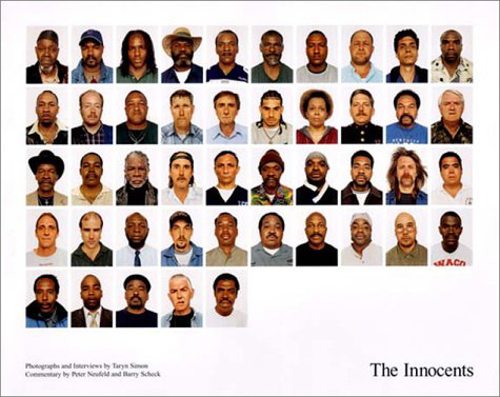
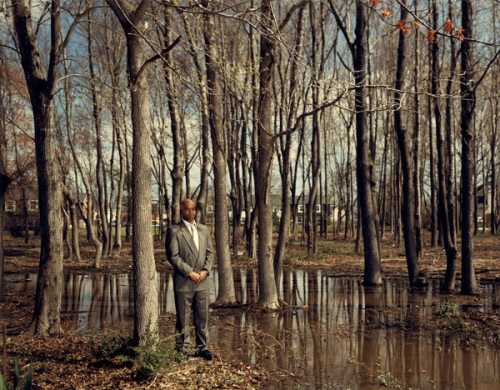
2009 – Rimaldas Viksraitis
El fotógrafo lituano documenta los elementos que desaparecen rápidamente de la vida tradicional de la aldea en su país a través de imágenes que tienen elementos de lo absurdo y de humor negro sobre un fondo de realismo crudo.
The Lithuanian photographer documents the rapidly disappearing elements of traditional village life in his country though pictures that have elements of absurdity and dark humour against the background of stark realism.
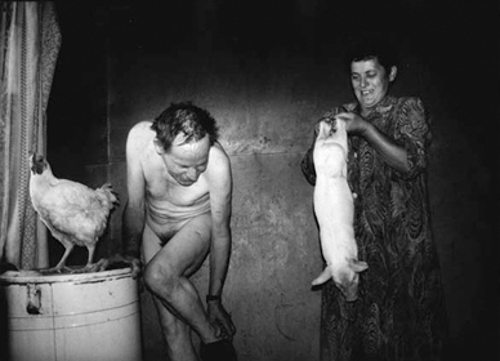
Como Taryn Simon ha demostrado, la fotografía es una herramienta poderosa que puede ser utilizada para el mejoramiento de la humanidad o para causar daño. Saco una lección de humildad del trabajo de los fotógrafos que realizan la tarea de investigar y revelar la realidad de una manera que puedan tocar la vida de millones para contribuir a la evolución del pensamiento.
As Taryn Simon has shown, photography is a powerful tool that can be used for the betterment of humanity or to cause harm. I am humbled by the work of photographers who undertake the task of researching and revealing realities in ways that can touch the lives of millions to contribute to the evolution of thought.
Espero que encontréis inspiración en las obras de estos fotógrafos maravillosos, así como aquellos que están expuestos como parte de Photoalicante y que sigáis explorando los temas y cuestiones que están más cerca de vuestro corazón.
I hope you draw inspiration from the works of these wonderful photographers as well as those that you have seen and will see at Photoalicante and go on to explore the issues and topics that are closest to your heart.
